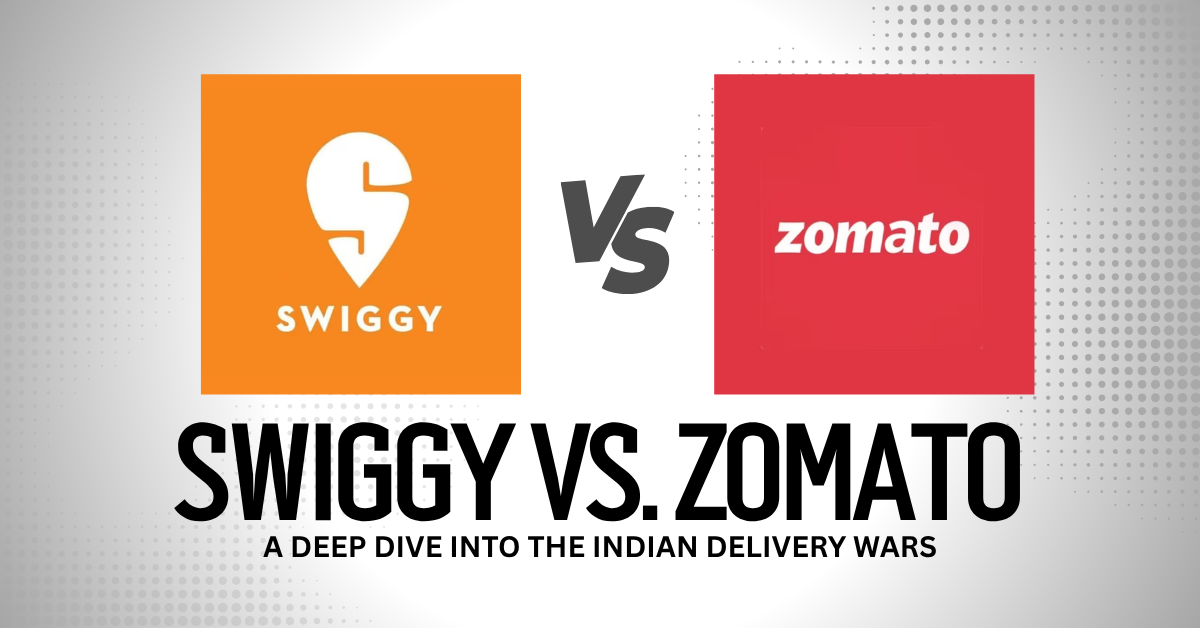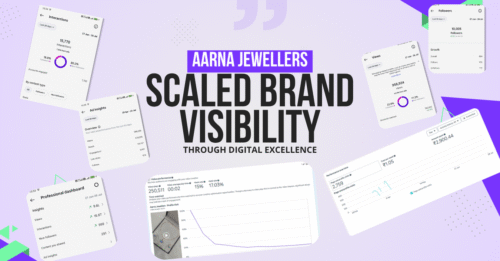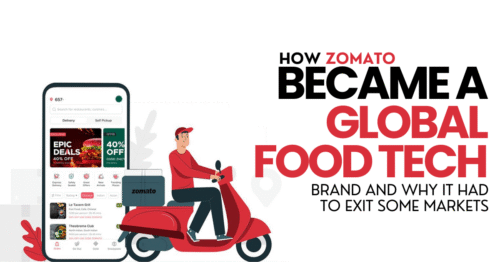Both Swiggy and Zomato have carved out unique paths in their rise to dominance. While Zomato began as a restaurant discovery platform in 2008, focusing on menus and user reviews, Swiggy entered the scene in 2014 with a pure-play delivery model and its own logistics network. Over time, their strategies have evolved—Zomato leaned into quick commerce with Blinkit, and Swiggy diversified into grocery delivery with Instamart. Today, they’re not just food delivery apps; they’re full-fledged ecosystems competing for user attention, market share, and long-term profitability.
1. The Origin Stories
Zomato started in 2008 as Foodiebay, a restaurant discovery platform. By 2010, it rebranded as Zomato and expanded globally, riding on the back of user reviews and restaurant listings.
Swiggy, on the other hand, entered the scene in 2014, focusing solely on food delivery, building its own fleet instead of relying on third-party logistics.
👉 Zomato = Content & Discovery-first
👉 Swiggy = Delivery-first
2. Business Models Compared
| Feature | Swiggy | Zomato |
|---|---|---|
| Primary Focus | Hyperlocal delivery | Restaurant discovery + delivery |
| Logistics | In-house fleet | Initially third-party, now mixed |
| Subscription | Swiggy One | Zomato Gold |
| Expansion | Instamart, Genie | Blinkit (Grocery), Dining |
| Revenue Source | Delivery fees, ads, Instamart | Ads, delivery, Gold, Blinkit |
Swiggy doubled down on logistics; Zomato diversified into content, dining-out, and quick commerce.
3. Funding & Valuations
Swiggy: Backed by Prosus, SoftBank, Accel, among others; valued at around $12.7 billion (2024 estimates).
Zomato: Went public in 2021; listed valuation crossed $13 billion at its peak.
💰 Both burned millions to gain market share—deep discounts, cashback, and free deliveries became the norm.
4. The Quick Commerce War
Swiggy Instamart (launched 2020): Fast delivery of groceries in 10–15 mins.
Zomato acquired Blinkit in 2022: A direct challenge to Swiggy Instamart.
With rising consumer demand for speed and convenience, the food war is now also a grocery war.
5. User Experience & Brand Loyalty
Swiggy is praised for smooth delivery tracking and real-time support.
Zomato stands out with its witty app interface, loyalty programs, and aggressive marketing (remember Zomato tweets?).
🏆 User loyalty often comes down to hyperlocal performance, discounts, and UI preferences.
6. Challenges Faced
Unit economics: Both have struggled to become profitable.
Delivery partner unrest: Protests over pay cuts and poor working conditions.
Government regulations: Impact on data sharing, food safety, and gig worker rights.
7. The Road Ahead
While Zomato is betting big on Blinkit and profitability, Swiggy is pushing for IPO readiness, deeper grocery penetration, and expanding Swiggy One.
What’s Next?
AI-led personalization
Tier-2 & 3 city domination
Restaurant-cloud kitchen integrations
Profit-first models over GMV
Conclusion
The Swiggy vs. Zomato battle isn’t just about who delivers your pizza faster—it’s about who owns India’s next-gen consumer ecosystem. As quick commerce, dining experiences, and hyperlocal logistics evolve, these two giants are not just serving food—they’re shaping how India eats, shops, and lives.
🚀 In the end, it’s not about who wins—it’s about how far this delivery war takes India’s digital economy.
Tags: #SwiggyVsZomato #IndianStartups #QuickCommerce #FoodTechIndia #Blinkit #Instamart #ZomatoGold #SwiggyOne #StartupWars
Read
Zomato vs Swiggy – Who Leads the Food Delivery Race in India?
Swiggy vs Zomato: A Comprehensive Competitive Analysis of India’s Food Delivery Giants







